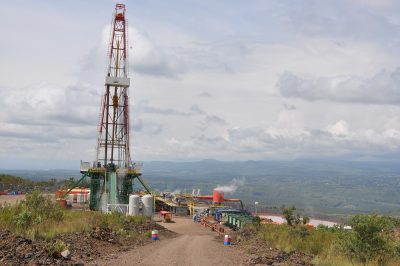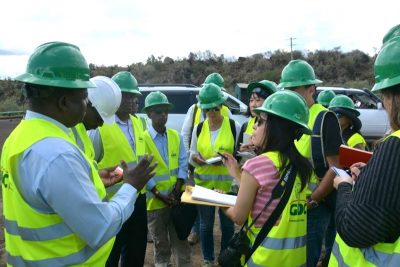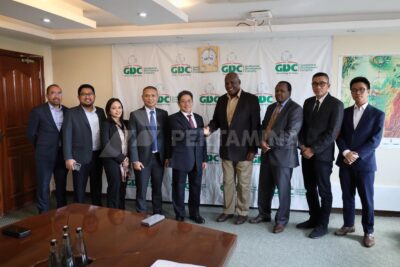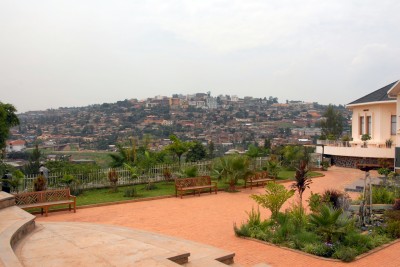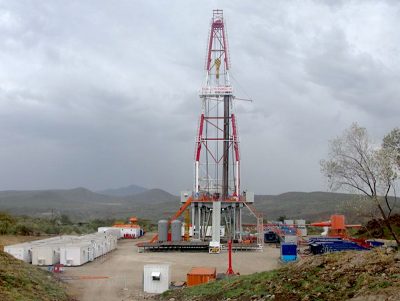Kenya to spend US$ 753 million on assessing geothermal resources
Kenya needs to spend at least US$ 4.9 billion for its 20 percent connectivity target by 2010, of which about US$ 753 million are to be spent on assessing Kenya's geothermal resources, which are estimated at 7,000 MW.
According to a recent article on Reuters, Kenya needs to spend at least US$ 4.9 billion for its 20 percent connectivity target by 2010.
Of this amount about US$ 753 million are to be spent on assessing Kenya’s geothermal resources, which are estimated at 7,000 MW.
The article talks mainly about the possibility of Kenya missing “its goal of boosting connections to the national grid in rural areas to 20 percent by the end of next year due to delays and lack of funds, the government said on Thursday.
The authorities in east Africa’s biggest economy set out in 2004 to raise the coverage rate gradually from 4 percent then to 20 percent in 2010 and 40 percent by 2020.
Energy Minister Kiraitu Murungi told an energy forum that a medium voltage power grid was now within reach of 63 percent of the population, but that the goal would take longer to reach.
“Indications are the 20 percent connectivity target by 2010 will not be realised by Dec. next year, given that the current connectivity in the rural areas is about 10 percent,” he said.
He said the plan needed at least $4.9 billion for it to be accelerated. Out of that amount, $753 million will be spent on assessing the nation’s geothermal resources — estimated at 7,000 MW — $1.49 billion on generation, $464 million on distribution and $1.11 billion on rural electrification.
He said the government, KenGen and KPLC would raise about 46 percent of that amount, and the rest would be sourced from independent power producers and development partners.
He was referring to the nation’s main power generation firm KenGen (KEGN.NR) and Kenya Power and Lighting Company (KPLC) (KPLC.NR) the sole transmission and distribution firm.
Electricity was vital to the country’s socio-economic goals, Murungi said, adding that the power sector lacked adequate generation capacity to meet demand, suffered from extremely limited transmission capacity and ageing infrastructure.
“The primary cause of these challenges is past policy neglect and underinvestment both by the government and the private sector,” he said.
Kenya has launched reforms in its power sector to encourage investments, including the formation of a second transmission firm and a dedicated geothermal development company.
Analysts say the second transmitter could encourage investments in the sector.”
Source: Reuters
